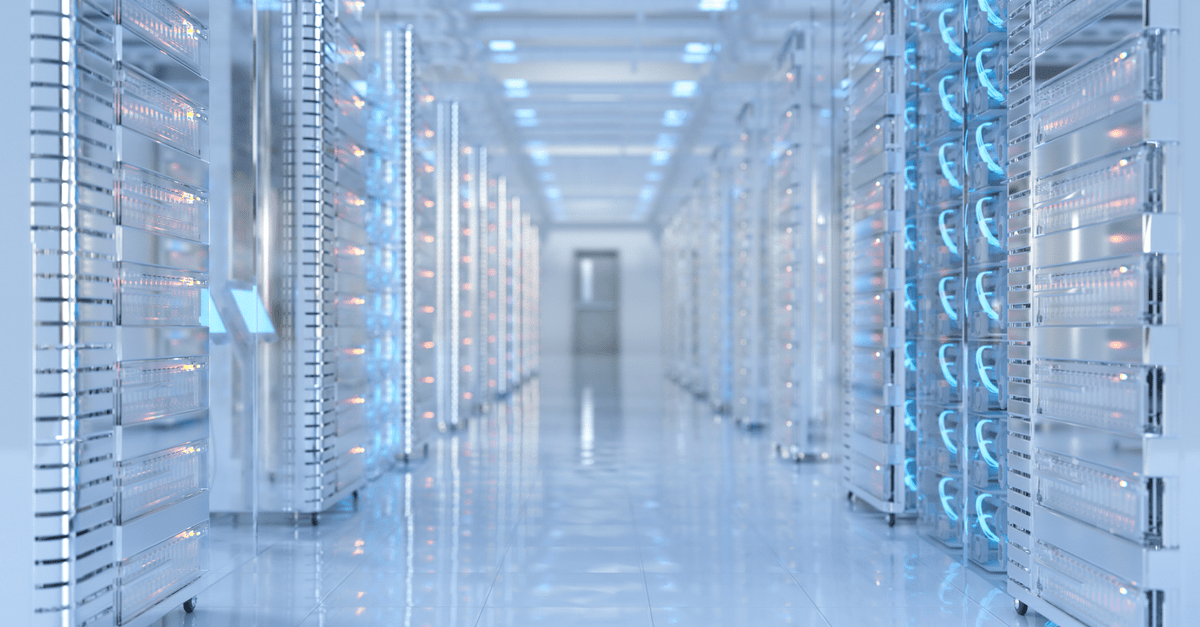6 Steps to Consider for Data Center Optimization

Building a data center is always a bit of a gamble – especially in the remote-work era that began during the pandemic, when your cloud storage needs are at a high. Plan too small a data center, and you’ll be right back in the planning stage in a short time. If you overbuild, you’ll be wasting resources every month on unused floor space. Data center optimization can help think through the planning of a new data center, as well as make the most of an existing facility.
Take a look at six steps you may want to consider to enhance data center optimization:
- Hyperconverged Solutions: A hyperconverged infrastructure solution is designed to allow you to remove the boundaries between compute, network, and storage so that they can all be housed in cabinets together. This saves floor space, and a hyperconverged solution can use a fabric network, leaf-spine architecture that reduces latency. It also streamlines cable management because cables aren’t forced to run across multiple cabinets and rows.
- Centralized Distribution: In the interest of saving space, you may want to consider a centralized distribution center that uses a cross-connect to bring all cables to a single location for maintenance, servicing, and patching. It effectively disconnects the infrastructure topology from its network counterpart. Direct cabling, by contrast, requires more cables and more space. Centralized distribution also saves your staff from moving around during routine maintenance.
- Cabinet Power Density: Support more density on each rack by increasing the computing power with a reduced cost per square foot. This also results in less floor space being occupied, with less cabling and less equipment to manage. You can also opt for three-phase power for space optimization, which allows for more power coming over smaller, less-costly wires.
- Strategic Workload Placement: The location of each workload has an impact on the customer experience or internal business processes, so optimal service delivery and performance should be considered. Rather than jumping into cloud adoption with both feet or hanging on to the traditional data center, it’s better to place workloads where they best meet your needs.
- Right-Sized Air Handling: Your goal in designing your air handling is to address hotspots. Whether you need CRAC/CRAH units, doors, chimney containment, or a combination of these tools depends on your space. It also depends heavily on where your equipment is placed and whether it is running at 80% of maximum load.
- DCIM: Data center infrastructure management (DCIM) solutions are a way to manage loads, capacity, power, cooling, pathways, and spaces. Ultimately DCIM solutions are a good way to ensure that you are covering all of your bases in data center optimization. It will collect data in real time to understand how your data is being utilized and how energy is being consumed, providing you with insights into performance and capacity. It can even help forecast how a future data center will shape up in terms of power, space, and cooling.
If your business is pursuing data center optimization, let us be your guide. Contact us at ITBroker.com for assistance in everything from assessing your current data center to planning a future facility that makes the most of your budget and resources.
